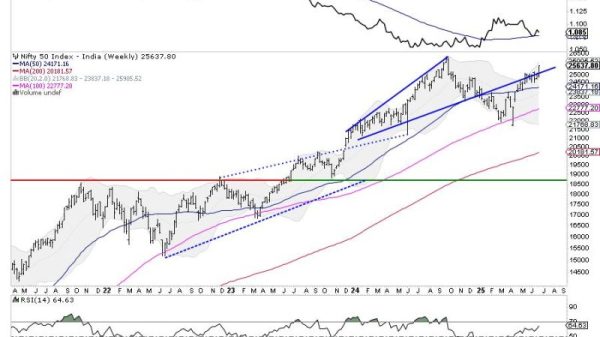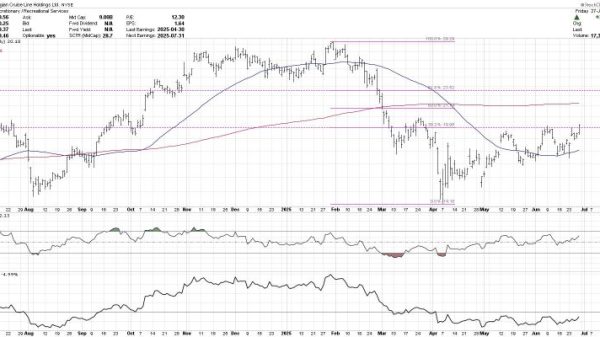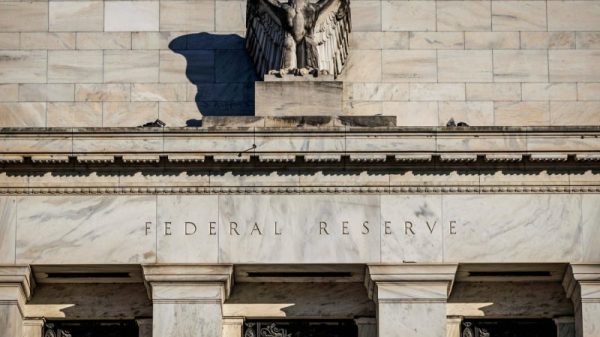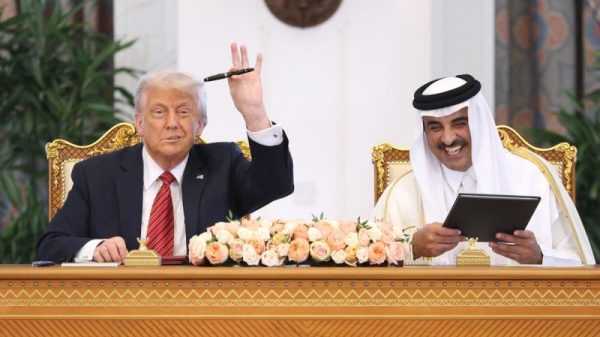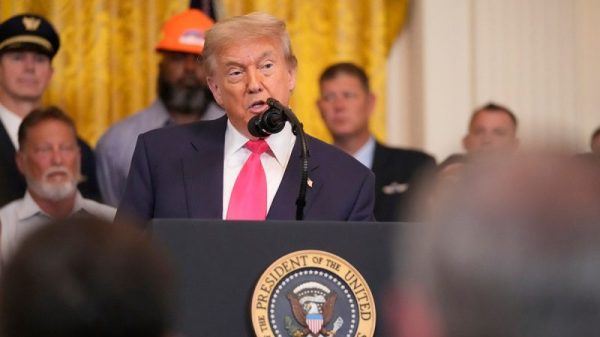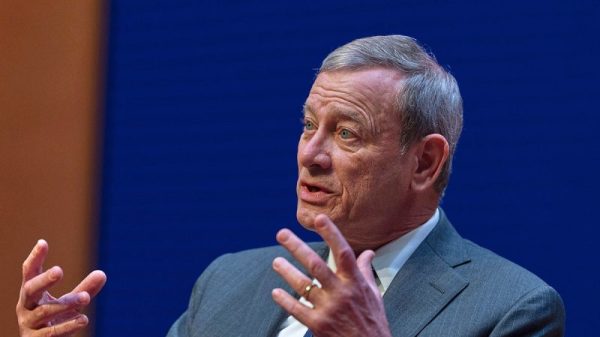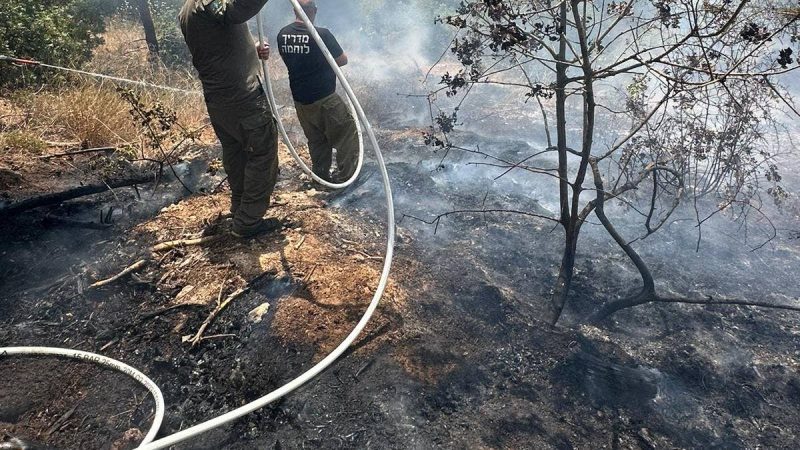The current conflict in the Middle East has renewed concerns about the long-standing tensions and violence in the region. Despite repeated promises from the Biden administration that a cease-fire is close, the reality on the ground tells a different story. The escalation of the conflict is a stark reminder of the complexities of the Middle East and the challenges in achieving lasting peace.
One of the main reasons for the ongoing conflict is the deep-rooted historical and religious tensions between different groups in the region. The Israeli-Palestinian conflict, in particular, has a long and complex history that dates back decades. Both Israelis and Palestinians have legitimate grievances and aspirations, which often clash and lead to violent confrontations.
The involvement of external actors further complicates the situation in the Middle East. Countries like Iran, Saudi Arabia, and the United States have their own strategic interests in the region, which often collide and exacerbate existing tensions. The backing of different factions by these external actors has only served to fuel the conflict rather than resolve it.
The recent escalation of violence in the Middle East has resulted in a significant humanitarian crisis, with thousands of civilians being displaced and many losing their lives. The destruction of vital infrastructure, including schools and hospitals, has further exacerbated the suffering of innocent people caught in the crossfire. The toll of the conflict on civilians, especially children, is devastating and underscores the urgent need for a lasting peace agreement.
Efforts to broker a cease-fire and resume peace talks have so far been unsuccessful. The Biden administration’s promises of an imminent cease-fire have not materialized, raising doubts about the effectiveness of diplomatic efforts to de-escalate the conflict. The lack of a clear and unified strategy among key stakeholders has hindered progress towards a lasting peace in the region.
It is crucial for all parties involved in the conflict to prioritize dialogue and negotiation as a means to resolve their differences. The international community, including the United Nations and key regional actors, must play a more active role in mediating between the conflicting parties and facilitating a peaceful resolution to the crisis. Only through a concerted and inclusive diplomatic effort can the cycle of violence be broken and a sustainable peace achieved in the Middle East.
In conclusion, the escalation of the conflict in the Middle East is a stark reminder of the complexities and challenges in the region. The historical, religious, and geopolitical factors at play make resolving the conflict a daunting task. However, with genuine commitment from all parties involved and robust international support, a lasting peace in the Middle East is still within reach. It is imperative that all stakeholders prioritize diplomacy and dialogue to bring an end to the violence and suffering in the region.

